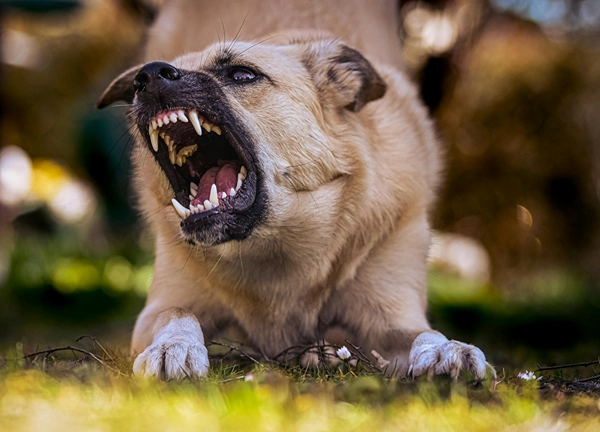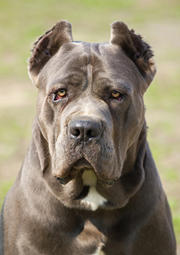Prevention and Management of Dog Bite Infections in Children
Dog bites can occur with children – even if it’s inadvertent. Whether it’s with a family dog or one that is unfamiliar, it is important to act accordingly whenever such an incident occurs. Most dog bites are usually minor, but that won’t mean that complications or infections are out of the question.
As such, it’s important to make sure such injuries are treated as soon as possible to prevent infections. We will discuss the steps that you need to take in order to prevent and manage dog bite injuries. Let’s take a look now at everything you need to know.
What To Know About The Risks of Dog Bite Infections
Knowing about dog bite infections and the risks will be important. Especially when there may be different types that exist.
Here’s a look at what they are and why they should be taken seriously:
- Pasteurella: This will be a kind of infection where redness, swelling, and tenderness will be the common symptoms.
- Staphylococcus and streptococcus: Severe skin infections are associated with this strain.
- Capnocytophaga: While rare, it can be life-threatening for those who contract this type of infection.
Regardless, it is important to make sure your child gets the necessary medical attention for dog bites if they are more severe.
However, if they exhibit certain symptoms of a potential infection, do not wait. The sooner a child gets medical attention the better – especially while their immune systems are not fully developed.
How To Prevent Dog Bite Incidents
Prevention is always the best approach to take when it comes to dog bites and reducing infections.
As such, here are the following measures to consider:
- Teach your children about proper dog safety: The education process starts with you. Teach your children about how they can interact with dogs – albeit safely. Let them know that there is a good time to interact with them and a bad time.
For example, a child should not interact with a dog while they are eating or sleeping. Also, be sure that the child does not interact with unknown dogs unless the owner can say otherwise.
- Supervise every interaction: It is paramount that you never let your child interact with a dog without supervision. This also applies to a family pet that you trust. Accidents can happen and it can take a matter of seconds. It will also give you a chance to also teach your child how to be responsible with dogs so there are friendly interactions and mutual trust.
- Know the warning signs: Please familiarize yourself with a dog’s body language. Especially if it displays signs of aggression or stress. Such signs include a stiff posture, showing teeth, or growling.
- Make sure your pets are vaccinated and trained: Your family dog must be vaccinated accordingly against rabies and other common diseases. At the same time, they should also be properly trained to ensure their aggressive behaviors are minimized.
While taking prevention measures is necessary, there is no guarantee that a dog bite incident may be fully avoided. However, the more proactive you are, the less likely something will occur.
What To Do After A Dog Bite Happens?

After a dog bite incident, you want to take the necessary actions as soon as possible. Failure to treat a dog bite, despite it being a minor one, can lead to infections and complications.
Here are the following actions that you need to take:
- Clean the wound thoroughly: Please clean the affected area for five minutes using soap and warm water. This will ensure that the presence of bacteria is reduced.
- Stop the bleeding: Apply a clean cloth or bandage with gentle pressure to stop bleeding.
- Use an antibiotic ointment: After the bleeding has stopped, you want to use an antibiotic ointment to cover the entire wound. Cover with a sterile bandage.
- Seek immediate medical attention: If the bite is severe or deep, this is where medical attention is necessary. Especially if the child has not been vaccinated against tetanus in recent times.
As such, you want to act accordingly and make sure you treat the dog bite using the tips above. Once you have done so, it is important to monitor it accordingly. Especially when you need to be on the lookout for any potential signs of infections or complications.
Such signs to look out for include:
- Redness, swelling, or warmth around the bite
- Pus or fluid that is discharged from the wound
- Fever or chills
- Pain that gets worse over time
Final Thoughts
Dog bites can be serious if untreated. Be sure that you follow the necessary tips when it comes to preventing such incidents from happening.
Also, make sure that you are able to follow the treatment steps if a dog bite occurs. Regardless, it is important to make sure your child has positive interactions with dogs using the tips in this guide or prevent such contact if a dog shows signs of aggression.




